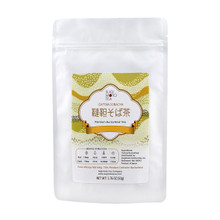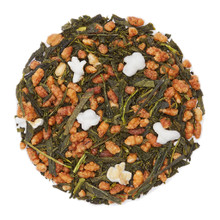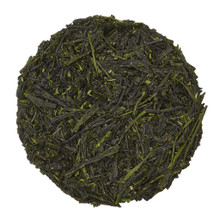The Road To Spring Harvest: How Farmers Prep for Shincha
April is a Japanese tea farmer’s most exciting month. As winter thaws, tea plants gradually grow. Then, as the young tea buds unfurl, tea fields change color from deep green to vivid light green. This color change signals spring’s arrival to Shizuoka and the hard work of tea farmers throughout the winter coming to fruition. Shincha, the tea made from the first harvest of the year, is just around the corner.
Preparation for Shincha in Shizuoka starts in October. After the fall harvest, farmers undergo an extensive pruning and reshaping process so spring leaves can grow in after the frost. This allows for a more efficient spring harvest. In November, many farmers put straw between tea plants to enrich the soil and protect roots against cold as temperatures drop. Then, tea farmers wait and monitor their tea plants over the winter.
In February, as winter is winding down, farmers prune tea plants again to remove the hard buds grown throughout the winter. In March, farmers cover tea fields with cloth or run fans to protect young leaves from freezing.
Have you ever seen these fans installed in tea fields? You might think they’re used to cool tea farmers working in the fields and picking tea leaves during the hot spring and summer seasons. Nope! They’re for mixing air around the tea fields. During March and April, the biggest concern for tea farmers is radiative cooling, or the process of tea plants losing heat. When winds are light and the sky is clear, radiative cooling can happen, causing ground temperatures to drop quickly. As the temperature closer to the tea plants drops, putting them in danger of freezing, the lost heat rises and temperatures 6 to 8 meters above ground level increase. Frost-control fans in tea fields mix the warm air higher up with the cooling air on the ground and prevent tea plants from being frozen.
Farmers have little to do in the fields in April. They have to keep close watch on the weather, though, monitoring it in the fight against nature to grow delicious tea. Too much rain means tea plants will wither and die, but less rainfall leads to poor growth and reduced production. Temperature dipping too low will freeze and kill young tea buds. Japanese tea farmers work hard during April to make sure all their tea plants are healthy and strong for the spring harvest so they can produce the best Shincha possible. When the ideal tea growing conditions are met, tea plants grow vigorously and produce delicious Shincha.
For now, while we wait for 2022’s Shincha, I want to share the pictures of the Sugimoto tea fields from a few years ago. This is how tea fields change color as spring starts!

















































